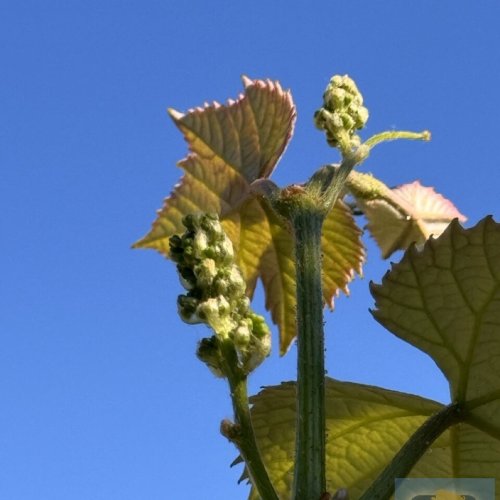My Camino’s are a bit different than most pilgrims. I usually walk alone and stay in private accommodations (B&B’s).
I booked all 37 nights of my accommodations in Italy through Booking.com prior to leaving the US.
This definitely limits my interaction with fellow pilgrims, but as a solo, 64 year old female, it works for me. This gives my husband more peace of mind.
I’ve walked Spain twice, Portuguese, Le Puy, and Francigena (Fidenza - Rome) June of this year.
I found the VF FB page helpful as well as the Sloways app that provides an off line GPS tracking system which helped me tremendously! I used the English version of the “Via Francigena” guidebook (Terre di Mezzo).
I tried Italian lessons before I left but obviously could have used a full year of practice rather than 3 months. I found that if I tried to speak Italian, then 90% of the Italian speaking people would try and meet me halfway.
There are far fewer pilgrims walking in Italy than Spain, France or Portugal. As I walked closer to Rome, the number of pilgrims increased, but no where near the numbers you see in Spain!!!
Because of my choices, I did feel more isolated and lonely at the beginning and had a lot of soul searching to do.
After a few days, I was able to turn this walk into a deeper spiritual experience for myself.
I learned to adapt and turned my days into more of a silent retreat.
I found myself more challenged internally than physically.
You will find a lot of tourists and pilgrims in towns and villages along the VF - Lucca, San Gimignano, Siena, Bolsena and of course Rome!
Some days I was able to meet fellow pilgrims as we walked. I only met a few English speaking women.
Whenever I did encounter pilgrims, I felt genuinely blessed to have others to walk, laugh and eat meals with.
This was very similar to all the other Camino’s.
There is a very strong bond between all of us who choose to walk long distances, along sacred paths. Pilgrims find each other along the way no matter what path or country!
There was more of a language barrier for me with older Italian pilgrims than with younger pilgrims who often spoke English.
From Lucca on, there seemed to be more awareness and encouragement of the VF from locals.
Mealtime is similar to Spain. Pilgrims eat breakfast early and the choices are usually sweets and coffee. Maybe fruit and protein will be offered.
It is wise to always have a little extra food in your backpack for lunch in case there is nothing available. Lunches end by 3:00.
The infrastructure can be nonexistent in some areas. This includes water, so look for the local cemetery.
European’s in general eat dinner later than Americans and this is true in Italy.
There are pilgrim menus (soup, pasta, dessert) available at some restaurants in some towns/villages.
All of this said, I found the landscape, culture and people to be incredible!
I will definitely go back again in the future.















